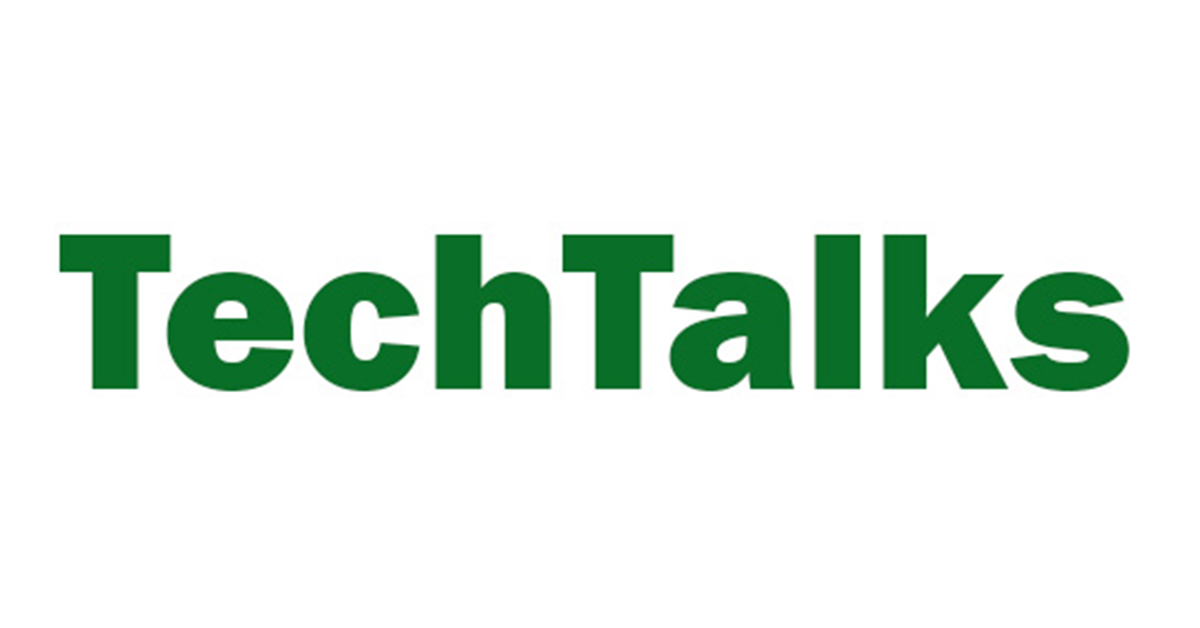2020 has become synonymous with change—and that change has elevated the role of employee relations and HR. Among the pandemic-forced remote workplace, the #BlackLivesMatter movement and rising employee activism, HR has had a tremendous opportunity to stand front and center in managing the volatility around us.
Business leaders are looking to HR and employee relations to deliver insight and foresight as we forge a path ahead during these disruptive times. As HR leaders, we have the power to deliver on these expectations to substantially support business success amid the chaos of today’s world—and our best opportunity to do so is tapping into the treasure trove that is our employee data, married with HR analytics.
While most HR and employee relations professionals know they need to be more data-driven and analytics-savvy to deliver more value to the business, many get stuck in the how.
In fact, the majority of the 200+ HR and ER leaders we spoke to during the Fourth Annual Employee Relations Benchmark Study say that turning their data sets into insight is one of the biggest challenges they face today.
It doesn’t have to be overly complicated. Today, I will share five steps to help you get more from your data—so you can deliver significant value and elevate the strategic partnership you provide to across your enterprise.
5 Best Practices for Turning Your Employee and HR Data into Insight
1: Master the basics.
Remember Maslow’s Hierarchy of Needs? It suggests that more advanced needs (like enlightenment) cannot be met until the most basic ones (food, water, shelter) are fulfilled. The same concept applies to your data. Start with the basics!
Making sense of your data starts with fundamentals like documenting and tracking your employee relations data in a standardized, centralized way. This is your foundation. At the most basic level, you’ll want to capture details like:
- What was the issue(s)?
- Who was involved?
- What process did you use to review and investigate the issue(s)?
- What are the applicable policies?
- What were the findings?
- What was the determination, and what actions were taken?
2: Go from tracking to action.
You may already be documenting and tracking your employee relations and HR data, but are you acting on it to create data-driven initiatives and policies? If so, great! Keep doing that—but don’t stop there. Make your data even more actionable by integrating other organizational data for a complete picture.
For example, combine investigations data with business performance data to see how employee issues are impacting revenue or turnover. You can also map elements like performance ratings, employee demographics, engagement scores and even legal data to uncover other business-impacting trends.
The more data points you connect, the more nuanced your insights and the more action you can take.
3. Spot and monitor trends with real-time reporting and predictive analytics:
Your data is only as good as your ability to make sense of it.
With the help of any number of HR analytics tools—from HR Acuity or your own HRIS to a business analytics platform like Tableau or Data Lake—you can easily find patterns and issues in your data. Customizable dashboards in these tools can provide at-a-glance reporting and HR metrics, helping you answer questions like:
- How many employee cases do I have open?
- How long does it take to close them?
- Are case volumes going up or down?
- Are there trends by a specific manager or geography?
In our current environment, when rapid information is needed and expected, weekly or monthly reporting no longer cuts it. Your business leaders are looking to you to monitor these trends in real-time, so you can act on information quickly and strategically.
4. Share your data to drive strategy, transparency and trust:
Reporting employee data and HR metrics to your C-Suite leaders can inform the organization’s strategy.
Your HR data is the DNA of the company, and the resulting insights are extremely valuable. By sharing insights with senior leaders, you help to form the trajectory of business success while elevating your strategic profile in the process.
And, transparency shouldn’t stop at the C-level. Share your data with the board, your legal and compliance teams, managers and even employees. The more you share, the more trust and accountability you build up and down the organizational hierarchy.
5. Pick the right tools!
Now that you know what you need to be doing, it’s time to pick the right tool to get you there. Just remember, what’s right for one business may not be right for you. And using a generalized HR tool isn’t the right answer, either. You need one that will address your specific challenges, needs and objectives.
Think about it this way: you wouldn’t go to an ENT for a problem with high blood pressure or a general practitioner for a torn ACL. No, you’d go to the doctor who is trained and equipped to handle your specific circumstance.
To manage, document and analyze employee relations issues and data, you need a specialized solution that can spot trends, patterns and employee performance challenges with individual employees or teams. Find the solution that meets your needs.
HR and employee relations leaders are always looking for ways to be proactive rather than reactive. Now is your chance. Your HR and employee data hold the power to influence your entire organization. Is it a coincidence that 2020 also means perfect vision? As HR leaders, we can deliver visibility, insight and foresight our organizations as we lead them through change and uncertainty.
Need help? Let us know. Also let me know what your future is looking like – and how your data is helping you uncover patterns, trends and opportunities.




